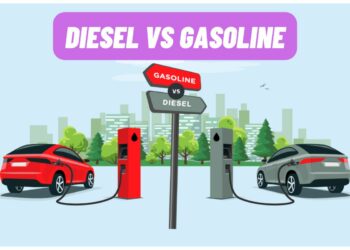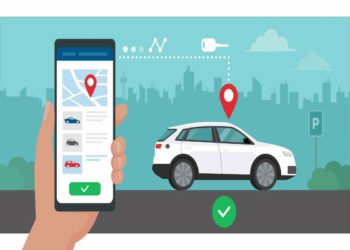`A boat trip` is one of the most exciting outdoor adventures money can buy, but it requires a lot of careful planning. Captaining a large vessel in open water is a huge responsibility, especially with passengers onboard. Here are the essential steps of planning a boat trip, from maintenance to a packing checklist to safety precautions.
Table of Contents
1. Create a Safety Gear Checklist
Creating a safety checklist is a simple place to start your boat trip preparation. This list should contain all the necessary equipment to keep yourself, your passengers and your boat safe. These items are nonnegotiables:
- First-aid kit
- Extra food and water
- Water filter
- Warm clothes
- Sunscreen
- Sunglasses
- Life jackets
- Life preserver
- Buckets
- Paddles
- Flares
- Fire extinguisher
- Cellphone chargers
- Portable GPS
- Whistle, horn or another loud noise-making device
You can minimize your boat trip’s inventory by packing reusable items such as food storage containers and refillable water bottles. This will also reduce your carbon footprint. Once you cover these essentials, move on to nonessentials like watersport equipment and other recreational gear.
2. Prepare Your Boat for a Long Excursion
You must make extra preparations if your boat trip is more than a few days long. Fuel is the most important resource, of course. Start by calculating your boat’s fuel consumption and determining how much you need for the trip. Always play on the safe side and bring extra fuel in case your boat gets taken off course.
You also must inspect your boat’s engine, propeller, electrical wiring and bilge pump. These four components will make or break your trip. Here are some things to keep in mind as you inspect each area:
- Engine: Watch out for cracked hoses, loose belts and signs of rust. A little rust is expected, but you can’t let it get out of control.
- Propeller: Grease the propeller before the trip to ensure it’s properly lubricated. You also need to repair any small dents in the blades. Dents can impede performance and decrease your boat’s fuel efficiency.
- Wiring: Wipe off debris on your boat’s wiring and tighten the battery’s straps. Fill the battery with pure distilled water the night before the trip.
- Bilge pump: Remove all debris from the bilge pump’s hoses so it can drain water properly. You should already be doing this task every time you use the boat.
Your boat also must be ready to accommodate multiple passengers. Declutter the cabin and ensure the seats are in good condition. Clean off as many stains as possible with warm water and a marine-grade vinyl cleaner. If the damage is too severe, you will have to pay about $40 to $60 per square yard for new marine vinyl upholstery.
3. Practice Emergency Preparedness
Once you pack your gear and make the necessary repairs, you need to practice various emergency procedures. Everyone must be on the same page if a situation arises. Many things can go wrong on a boat trip — sinking, capsizing, running aground and collisions with other vessels are just a few common instances.
Bring an emergency preparedness and response guide to be prepared for possible problems. Study it with your passengers and familiarize yourselves with each scenario.
You must also write a float plan in case your boat sinks or gets lost at sea. It should contain the following information:
- Name, description and personal information of everyone on board
- Make, model and engine specs of the boat
- List of safety equipment on board
- Trip details, including the departure date, return date, route, destination and potential stops along the way
Another great way to improve emergency preparedness is by taking first-aid and CPR classes before the trip. Practice makes perfect.
4. Know the Local Boating Laws
You must also refresh your memory of the local boating laws. Waterways have different speed limits, no-wake areas, no-swimming areas and other restrictions. You should know these regulations like the back of your hand before the boat trip begins. Following the rules will help you avoid legal repercussions and keep everyone safe.
Many boating rules follow the same principles as driving laws. For example, you’re always supposed to pass boats on the port side and give them a wide berth if you overtake them. You also need to have your eyes on the water at all times. Most importantly, always yield to other vessels. Avoiding a collision is your top priority at all times.
5. Watch the Weather Forecast
Weather can change in the blink of an eye in open water. You must closely monitor the forecast before and during your boat trip. Regardless of what’s predicted, rain gear and warm clothes are essential. A nasty storm can arise in just a few minutes and throw your boat off course.
During inclement weather, reduce your speed and turn into the wind at a 45-degree angle to maintain maximum control and visibility. Nobody should be on deck during thunder and lightning. Keep everyone below until the storm blows over.
Safety First, Fun Second
Boat trips are lots of fun, but safety is always the top priority. Don’t put yourself, your passengers or your boat in danger just to make the trip more exciting. Always take the safer route. Taking these five precautions as you plan your excursion will minimize the risk of an accident and ensure everyone stays safe.














